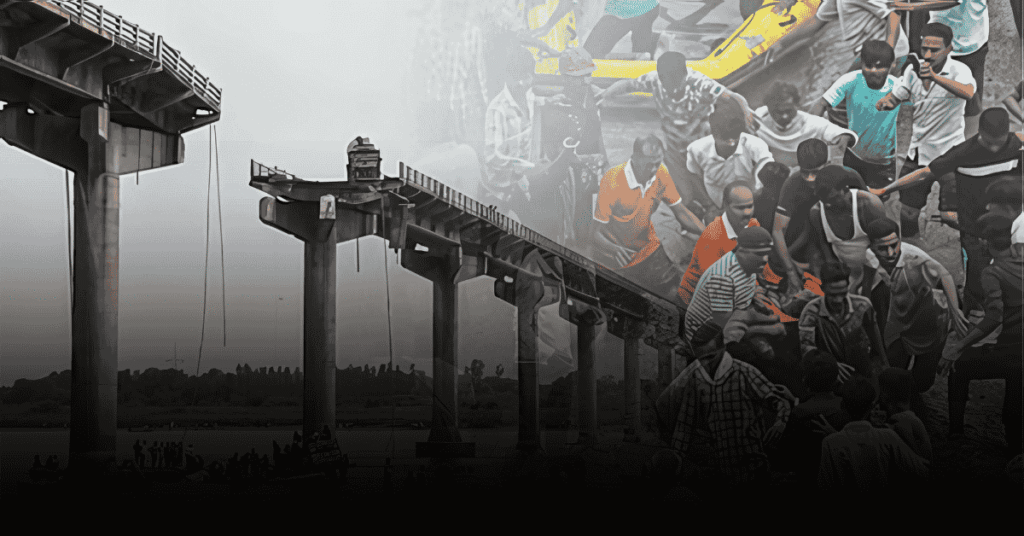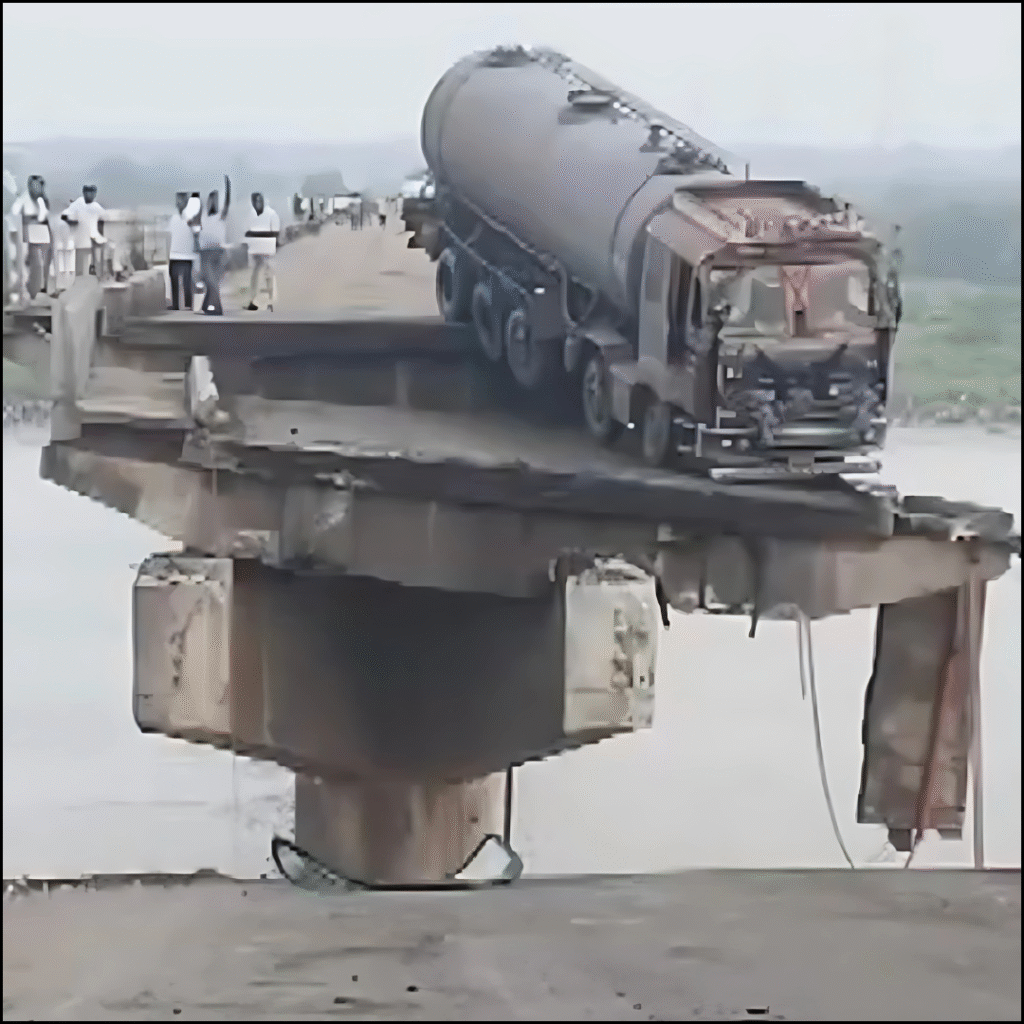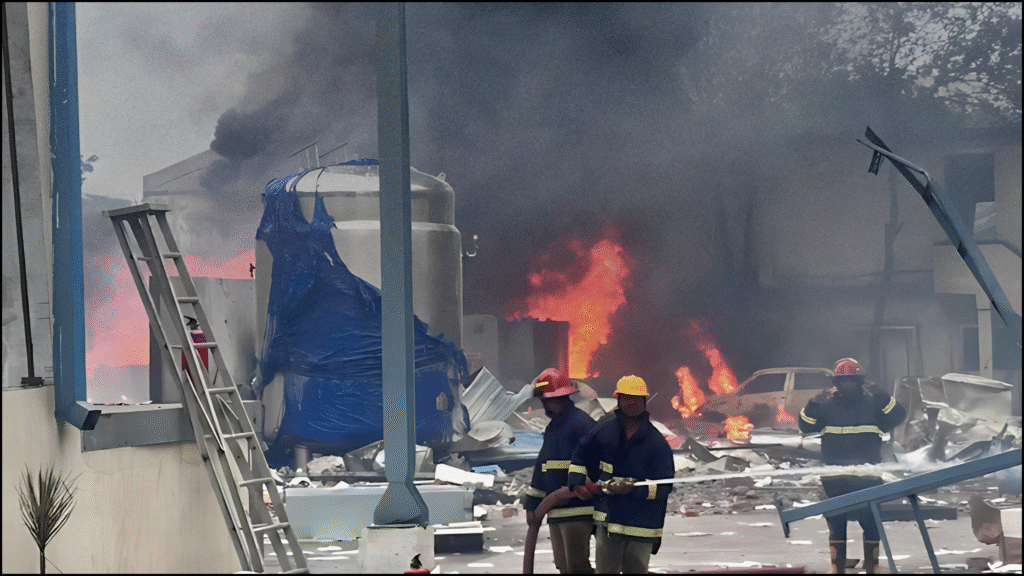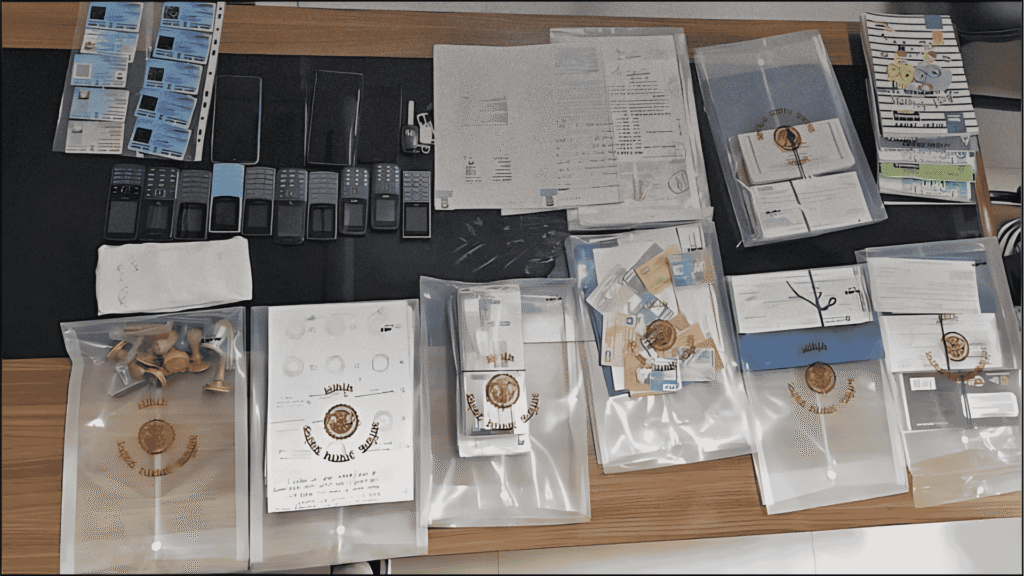
A terrible morning in Vadodara
On the morning of July 9, 2025, a catastrophic event shook the residents of Vadodara, Gujarat. The Gambhira Bridge, a vital 900-meter-long structure connecting Vadodara and Anand districts, collapsed, sending multiple vehicles plummeting into the Mahisagar River below. This tragic incident claimed the lives of nine to ten people, with several others injured, marking one of the deadliest infrastructure failures in the region in recent years. The collapse occurred around 7:30 AM during peak traffic hours, amplifying the scale of the disaster.
The Gambhira Bridge, constructed in 1985, has been a critical link between Central Gujarat and Saurashtra, facilitating the movement of commuters and transport vehicles. Spanning 23 piers, the bridge was a lifeline for those traveling between Vadodara, Anand, Bharuch, and Ankleshwar. However, its deteriorating condition had been a concern for years, with locals repeatedly warning authorities about its structural weaknesses.
What Happened?
According to eyewitnesses, a loud cracking noise preceded the collapse of a 10-15 meter slab between two piers, causing the bridge to give way suddenly. At least five vehicles, including two trucks, two vans, and an autorickshaw, plunged into the Mahisagar River. A particularly haunting image from the scene showed a tanker precariously dangling from the broken edge of the bridge, a stark reminder of the suddenness of the disaster. Among the victims were three members of a single family from Dariyapura village—Ramesh Padhiyar, Vedika Padhiyar, and Naitik Padhiyar—along with others identified as Hasmukh Parmar, Vakhatsinh Jadav, and Pravin Jadav.

Rescue operations were launched immediately, with local swimmers, boats, the Vadodara Municipal Corporation, the National Disaster Response Force (NDRF), and the State Disaster Response Force (SDRF) working tirelessly to save lives. Nine individuals were rescued, with five receiving treatment at SSG Hospital in Vadodara. Fortunately, none of the rescued were reported to be in critical condition. However, the search continued for others feared trapped in the submerged vehicles.
Effect and reaction
The collapse cut off the road connection between Anand and Vadodara, forcing traffic to be diverted to alternative routes such as Vasad for heavy vehicles and Umeta for light vehicles, causing significant congestion. Prime Minister Narendra Modi expressed his condolences and announced a compensation of ₹2 lakh for the families of the deceased and ₹50,000 for the injured from the Prime Minister’s National Relief Fund (PMNRF).
Gujarat Chief Minister Bhupendra Patel announced a compensation of ₹4 lakh for the families of the deceased and ₹50,000 for the injured, stressing the state’s commitment to support the victims. Chief Minister Patel ordered an immediate investigation, directing a team of experts including the Chief Engineer – Design, Chief Engineer – South Gujarat and two private bridge construction experts to investigate the cause of the collapse. The Roads and Buildings Department was tasked with submitting a preliminary report on the technical aspects of the incident.
A History of Neglect?
The Gambhira Bridge, built over four decades ago, had been flagged as a safety concern long before this tragedy. In 2017, the Congress party demanded that the bridge be closed to heavy vehicles due to its deteriorating Magdaing condition. Locals echoed these concerns, alleging that repeated warnings about the bridge’s dilapidated state were ignored. Some even described it as a “traffic hazard” and a “suicide point,” highlighting years of administrative neglect.
Gujarat Minister Rushikesh Patel claimed that regular maintenance was conducted, but the collapse has sparked widespread public anger and renewed calls for infrastructure audits across the state. Critics, including Congress leader Amit Chavda, have labeled the incident as evidence of systemic corruption and negligence in Gujarat’s infrastructure management.
Lessons and the way forward
The Gambhira Bridge collapse underscores the urgent need for rigorous infrastructure inspections and timely maintenance, especially for aging structures like this 43-year-old bridge. Experts suggest that heavy rainfall and inadequate upkeep may have contributed to the disaster, raising broader questions about the state’s infrastructure policies.
As rescue operations continue and investigations unfold, the tragedy serves as a somber reminder of the consequences of delayed action. The Gujarat government has promised swift measures, but for the families of the victims, the loss is irreparable. The incident has also prompted discussions about modernizing old bridges and enforcing stricter safety regulations to prevent future calamities.


